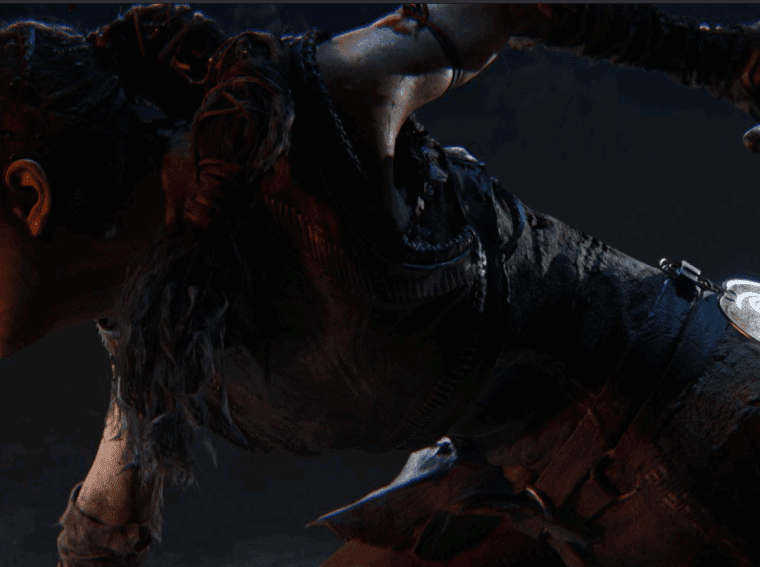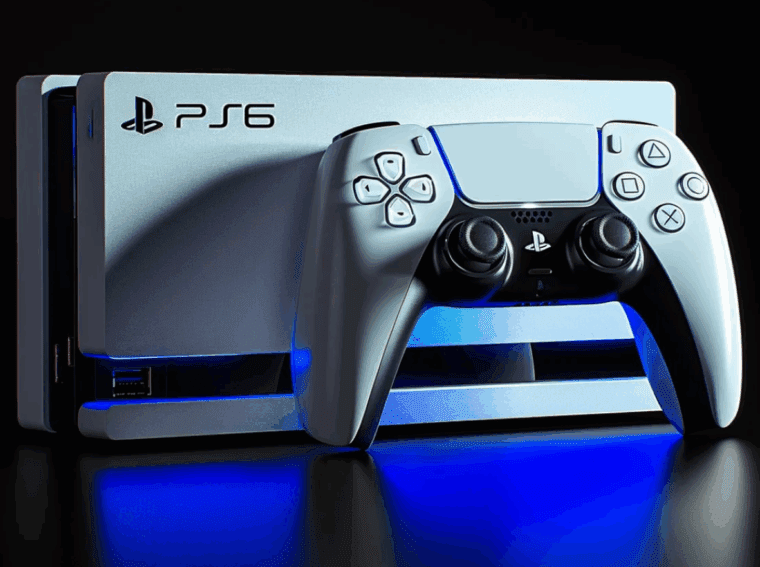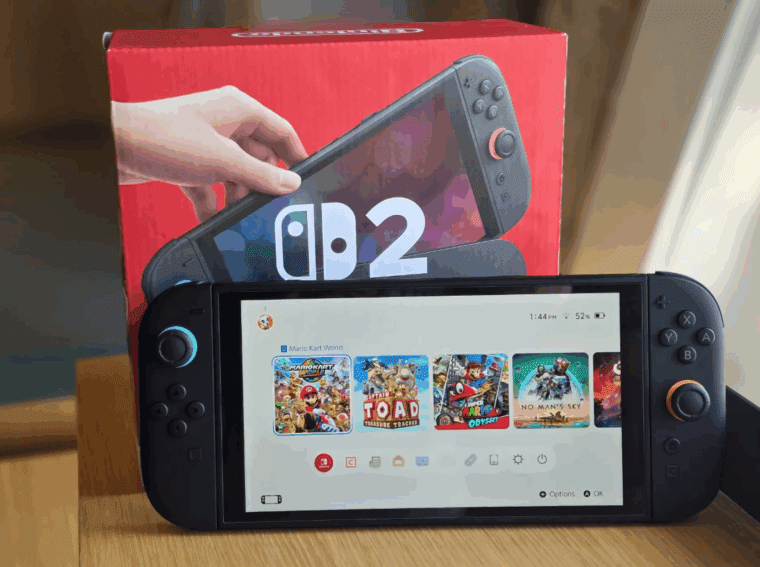It just came up unnoticed without much noise and will get into the new, improved version of Senua’s Saga: Hellblade II. It went by a very simple routine, which doesn’t need much promotion or a fancy launch. Yet, people noticed it. In fact, reviews started coming in after just a few hours, and now, it sits on 82 on Metacritic out of 18 proper reviews. Almost on par with last year’s 81, but numbers never tell the whole story.
The important thing is that this time the game feels different in small but significant ways. As always, it is deep, cinematic storytelling coupled with psychological tension and slow atmospheric build-up. This is not a game of relentless action. But if you like feeling the rhythm of the story, this new version hits harder.
What had the most impact, for me at least, is the new performance mode that runs at 60 frames per second. This isn’t just a box ticked off. To most gamers, there’s a world of difference if it has smooth gameplay. You feel sharper movements during fights, everything around feels very realistic in terms of actions, and cut scenes are more enticing. With such an extreme difference on OLED screens, it is as though an old version suddenly jumped to something alive outside what it could accomplish in the past at 30fps.
It’s not just framerate: Ninja Theory has also quietly polished everything else. Shadows are more effective, textures have been given a lot more detail, and the atmosphere is a lot fuller. The sound design has also been improved, making it the best in gaming. Every whisper, every echo feels closer, almost like it’s right in your head. I played it late at night with headphones on and honestly, it gave me chills.

That was Hellblade II for PlayStation. Hellblade II still works inside an Xbox, but this time with a much smoother and cleaner feel. And very much indicative of how major names like PlayStation and Xbox are becoming less about turf wars and more about bringing people together to enjoy the same game.
Hellblade II Enhanced stays true to what made it special while also adding all those changes people wanted. Focusing on 60fps is more than a technical thing; it is more about the player’s experience. In the realm of gaming, visuals dominate the discussion while smooth performance is equally important.
One might think that not much change has occurred since the score is nearly the same. What these alterations deal with, however, is how it feels for Senua to move, swing her weapon, or hear those unsettling voices. It’s an experience that you can’t help but get lost in quietly but powerfully.
Amid all the fanfare of other games clamoring for our attention, Hellblade II Enhanced has chosen to be quiet, all in improvements of the right things for players to discover on their own. The real question is not going to be whether you should play this game, but whether you are ready to experience it the way it was meant to be experienced. You may also be interested in: Remedy’s Multiplayer Game FBC: Firebreak is Struggling to Find Its Place





